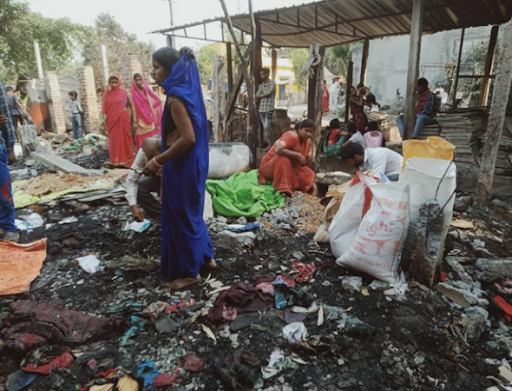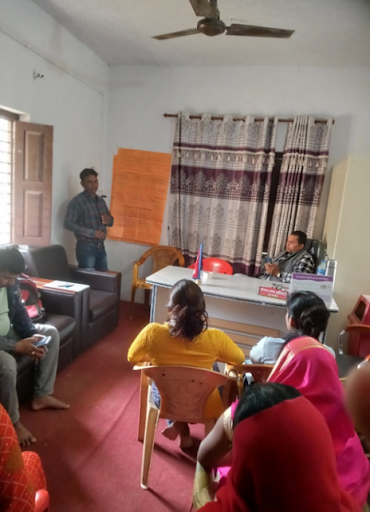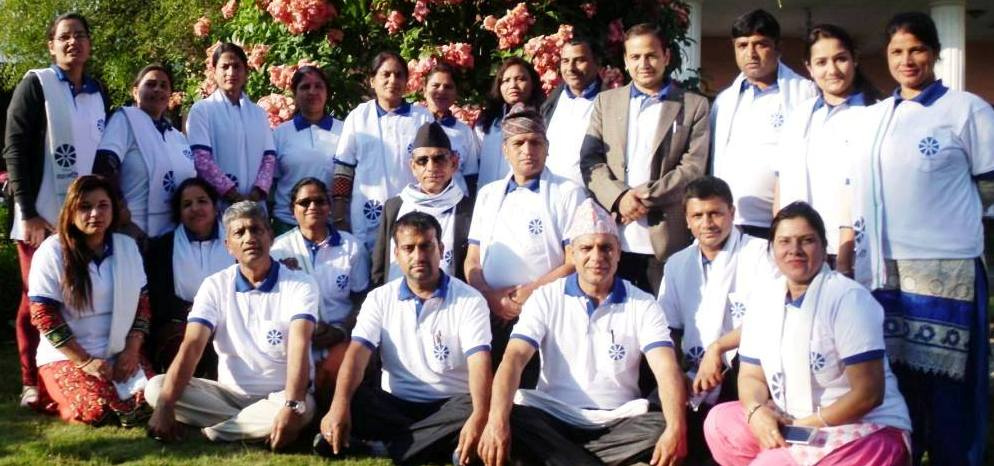


Strength in Unity: The Joint Effort of Ward and Networks for Disaster Resilience


The story of the Ward Disaster Management Committee (WDMC), Pratappur Rural Municipality-6, Nawalparasi, Nepal
This is the story of the Ward Disaster Management Committee (WDMC), one of the LWR/SAHAMATI working areas at Pratappur Rural Municipality-6, Nawalparasi, Lumbini Province, Nepal.
According to the population census, Pratappur has 1,115 households with a population of 8,308. The Community Disaster Management Committee (CDMC) was established in 2072 B.S. with the facilitation of the previously implemented C-TBR project of Lutheran World Relief (LWR) and SAHAMATI. Since then, the committee has been regularly working on disaster management at the community level.
In 2023, the scope of CDMC’s work was expanded, and the committee was reorganized into the Ward Disaster Management Committee (WDMC). This restructuring was based on the act passed by the Pratappur Rural Municipality village assembly on Asoj 5, 2077 B.S., which shaped a Local Government Level Disaster Management Committee, chaired by the Palika Chief.
The WDMC is now actively working in its designated areas to mitigate and manage disasters, providing relief to the affected people. Some of its initiatives include identifying local resources, preparing disaster mitigation and response plans, and integrating disaster risk reduction into the village development plan.
Pratappur Rural Municipality is highly disaster-prone, with wards like Motipur, Prasauni, Kathawa, and Fadkitol facing repeated risks of flooding, fire, cold and heat waves, crop failure, and other hazards. Flooding from the Narayani River, located south of the village, has been a major problem during the rainy season. Over the past three years, flooding has affected nearly 400 residents, forcing them to relocate. More than 20 hectares of cultivated land, houses, public spaces, and livestock have been repeatedly threatened. Vulnerable low-income families have been most severely impacted, also facing risks like snake bites, mosquito bites, and dog attacks.
To strengthen its capacity, the WDMC was supported in reshaping its Vulnerability and Capacity Assessment (VCA) plan and preparing an annual action plan. The project also provided life safety equipment to the Palika-level disaster committee and conducted several capacity-building training sessions, including hands-on support.
Today, the WDMC is actively engaged in responding to fires, heat waves, cold waves, and other disasters in the community.
One of the most devastating incidents occurred on Chaitra 27, 2080 B.S., at 9:45 p.m., when a fire broke out at the home of Manoj Pal, located 100 meters south of the Guthiprasauni Ward Office. The fire quickly spread to the houses and animal sheds of Sudama Baniya, Ram Baniya, Srikant Baniya, and Shambhu Baniya. In total, properties worth NPR 3.8 million and cash worth NPR 1.28 million were destroyed. The WDMC immediately provided food worth NPR 5,000 and cash relief of NPR 25,000 to each affected family. The committee also assisted with cleaning, salvaging valuable items, and other basic recovery tasks.

The WDMC continues to work in disaster management and mitigation by following up on affected areas until recovery is complete. Their efforts focus on protecting human lives, providing emergency support, and building disaster resilience at the ward level.

Who Help Us

